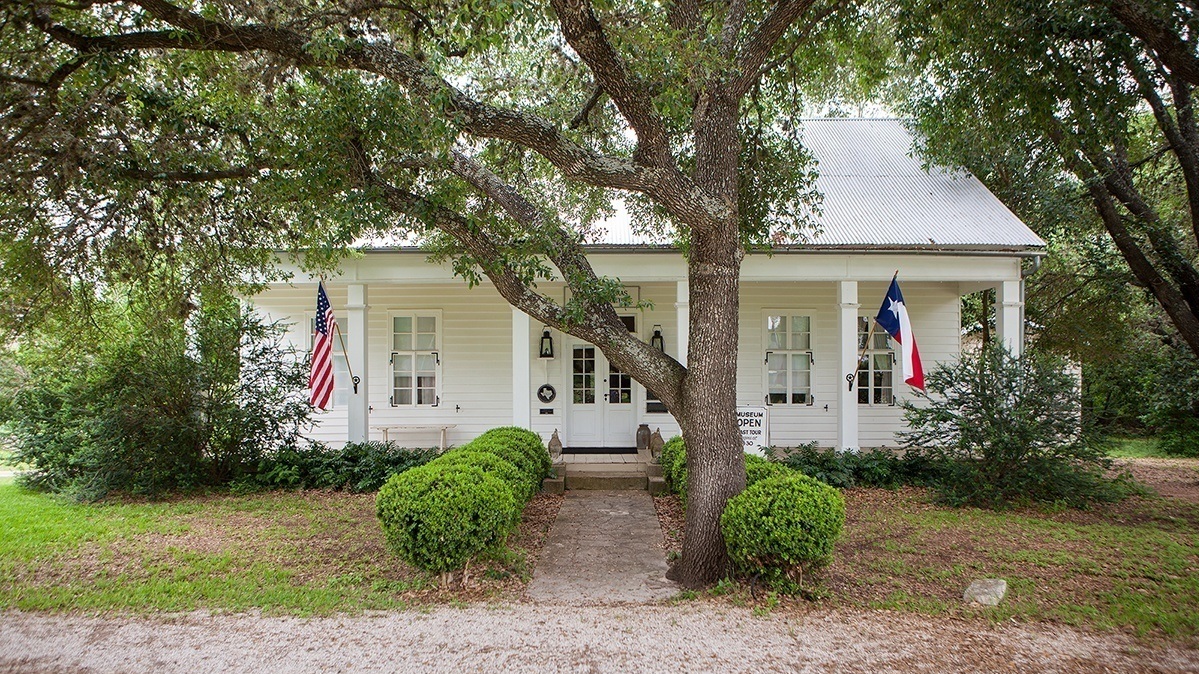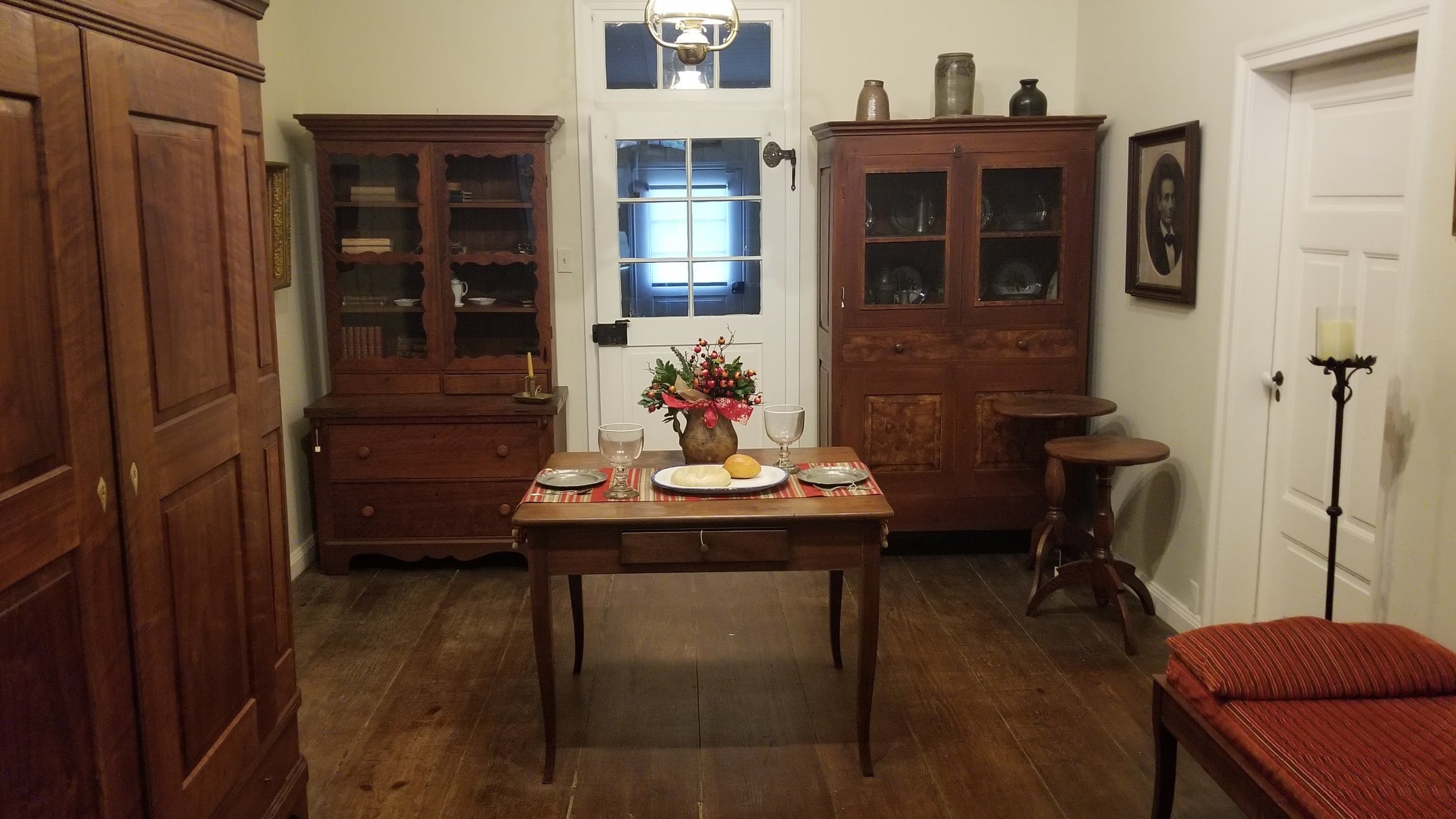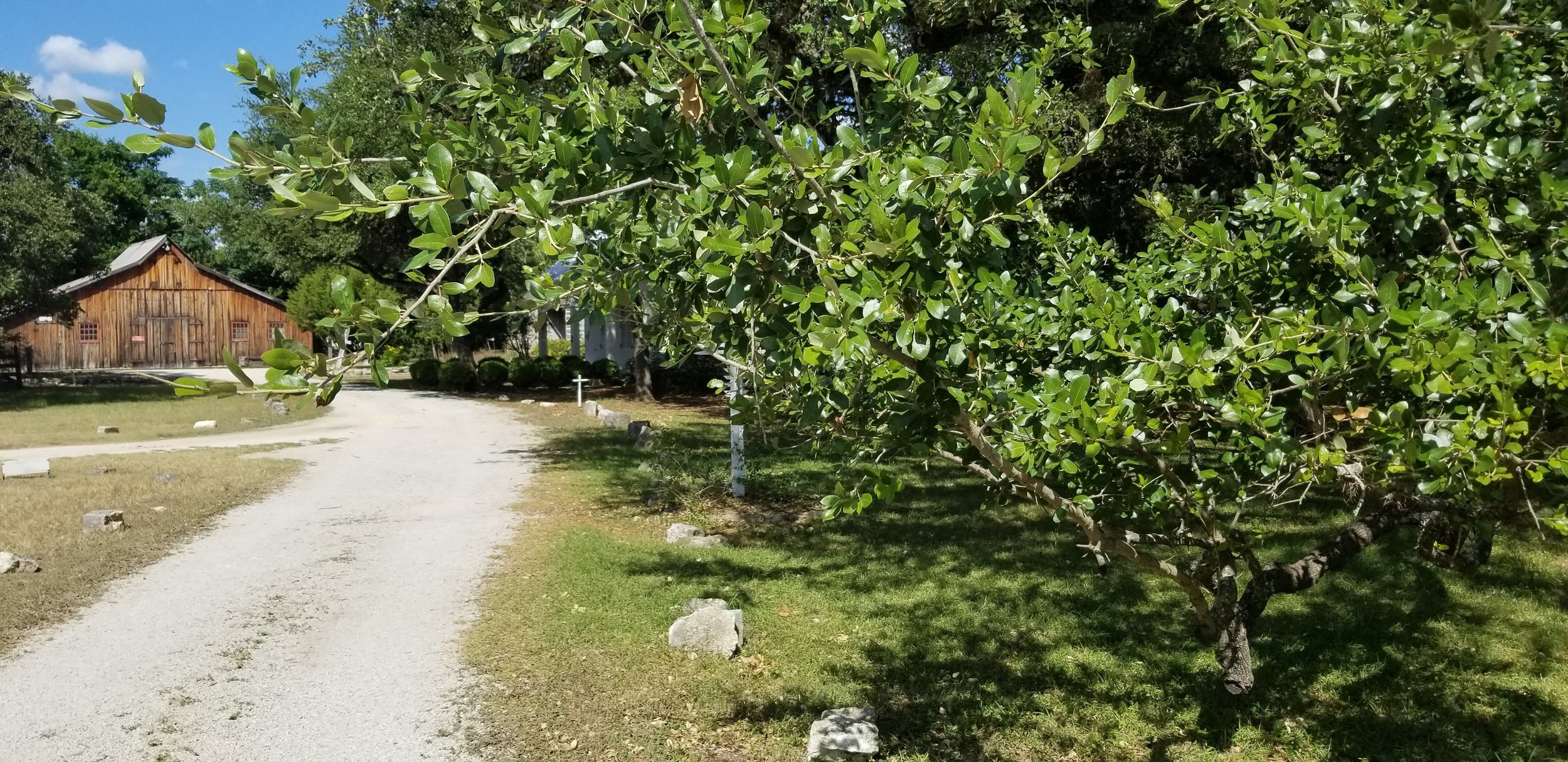
German Craftsmanship on the Texas Frontier
Mission
The Heritage Society of New Braunfels exists to preserve, promote, and interpret, for the public, the 19th century heritage of New Braunfels, Comal County and Texas through the Museum of Texas Handmade Furniture and Heritage Village.
About
Located in the heart of the Texas Hill Country, the Museum of Texas Handmade Furniture sits on a beautifully wooded 11 acres in historic New Braunfels. It houses a stunning collection of structural and domestic artifacts from some of the first European migrants who settled in the heart of the Lone Star State. The museum is especially fortunate to possess a great many locally crafted pieces from New Braunfels' own historic German immigrant community, including several exquisite creations of locally famous Tischlermeisters (master carpenters) Heinrich Scholl jr. and Johann Michael Jahn that were handcrafted in the traditional mid 19th century Biedermeier style.

Our History
Hin’ nach Texas! Off to Texas
In the 1840s, Germany was overpopulated and suffering from long-term drought. Starvation was rampant. Industrialization meant that skilled craftsmen lost work and suffered economic distress. Beginning in 1844, an estimated 10,000 German immigrants came to Texas. Lured by the promise of vast lands, abundant resources, and personal liberties, Germans enthusiastically adopted their new home. Farmers, businessmen, minor nobility, and skilled tradesmen made the voyage. Talented cabinetmakers, trained through the European guild system, were losing markets to German industrialization but saw an opportunity for their craft on the Texas frontier. Combining skill and craftsmanship with the natural resources available in their new home, they developed a style of furniture, known as Texas Biedermeier, and influenced Texas decorative arts. The Museum of Texas Handmade Furniture exhibits one of the largest collections of Biedermeier furniture style created by these early pioneer artisans.
The museum grounds, located along the historic El Camino Real de los Tejas (The Royal Road of Texas) are home to native plants, beautiful Texas wildflowers, and ancient live oak trees. The prickly pear cactus that lines the drive is a variety identified and cataloged by and named for early New Braunfelser Ferdinand Lindheimer, the father of Texas botany.
Ready to Get involved?
Field Trips
Membership
—
Donate

